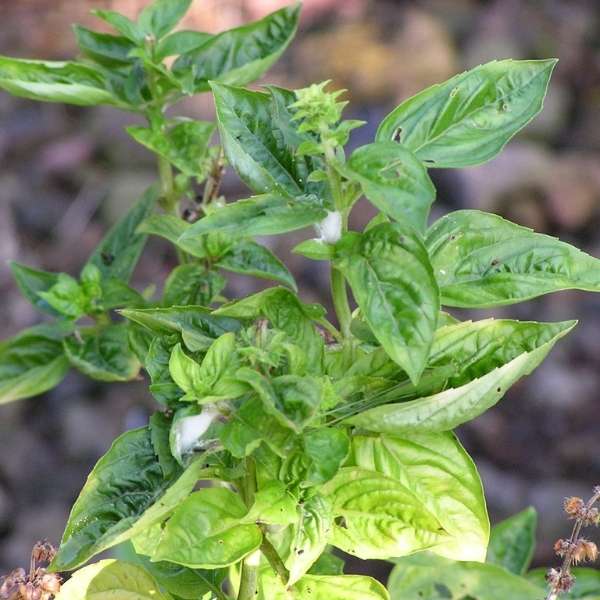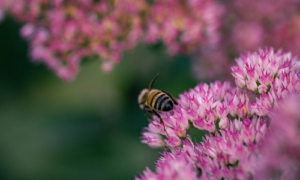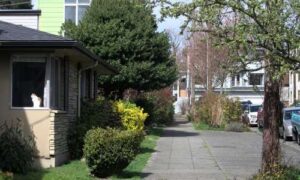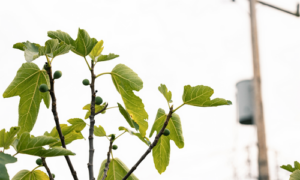Basil, (Ocimum basilicum), also called sweet basil, is an annual herb of the mint family, grown for its aromatic leaves. Basil is widely grown as a kitchen herb. Basil leaves are glossy and oval-shaped, with smooth or slightly toothed edges that typically cup slightly; the leaves are arranged oppositely along the square stems. The small flowers are borne in terminal clusters and range in color from white to magenta. The plant is extremely frost-sensitive and grows best in warm climates. Description from Britannica
Home > Plant Guide >
Scientific Name
Family
Garden Type
Wildlife
Native Plant Region
Light needs
Water Needs
Plant Type
Bloom Color(s)
Height
Width
Months in Bloom
Safe Beneath Power Lines?

We’d like to maintain accurate and robust plant listings. If you see information that is not correct or that could be added to improve the listing, please let us know. Or if you’d like to suggest a plant to add to our plant guide, you can use this form do so. Thank you!

Three inspiring local food justice practitioners will share how their work in urban farming improves access to healthy foods, fosters relationships to land, and builds community.

This workshop will guide you through the process and materials needed to help you decide if Mason Bees are right for you and your garden, whether you have a small deck or an open garden.

Start a garden in a planting strip along the street. Explore our interactive corridor map, find what to grow, and start nurturing today.

Do you wonder how a cat can be happy indoors? This presentation will give you a better understanding of cat behavior and the confidence that an indoor cat can be a happy cat.

Learn about the diversity in pigeon populations in the United States and the implications of this variability on the species.

Some introduced plant species can diminish biodiversity. Other plants produce poisons that can harm wildlife. Learn what plants to avoid when figuring out what to plant or remove in your outdoor space.
Nature of Your Neighborhood is a collaboration between Birds Connect Seattle, the Capitol Hill EcoDistrict, and the Seattle Bird Conservation Partnership. Our goal is to foster relationships between the people and the nature of their neighborhoods.